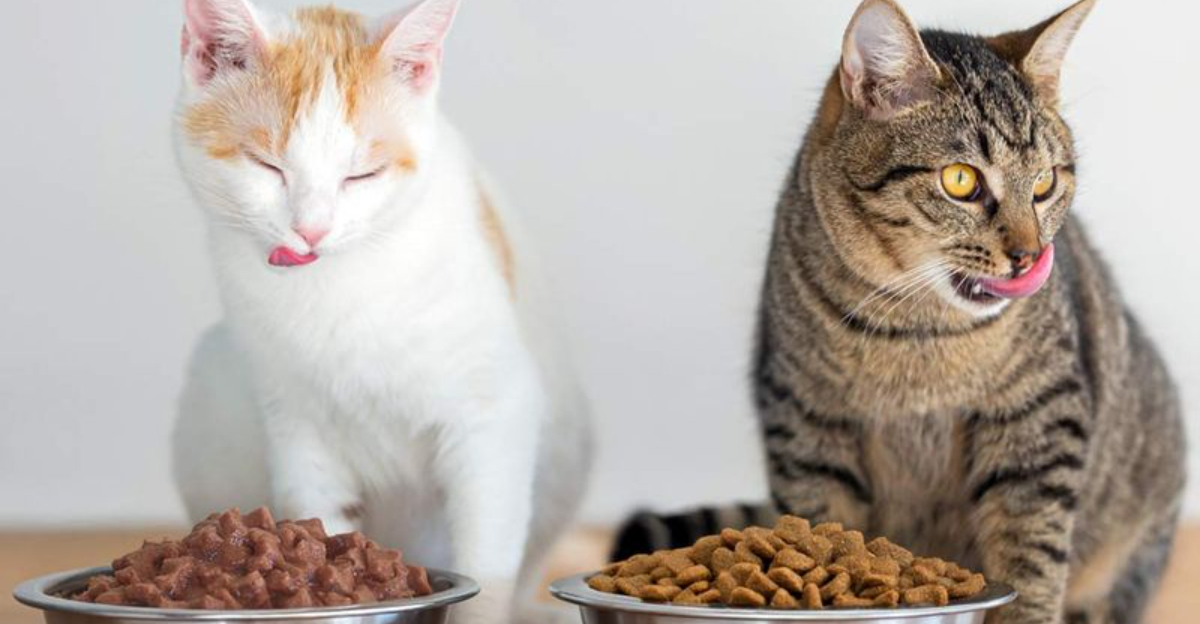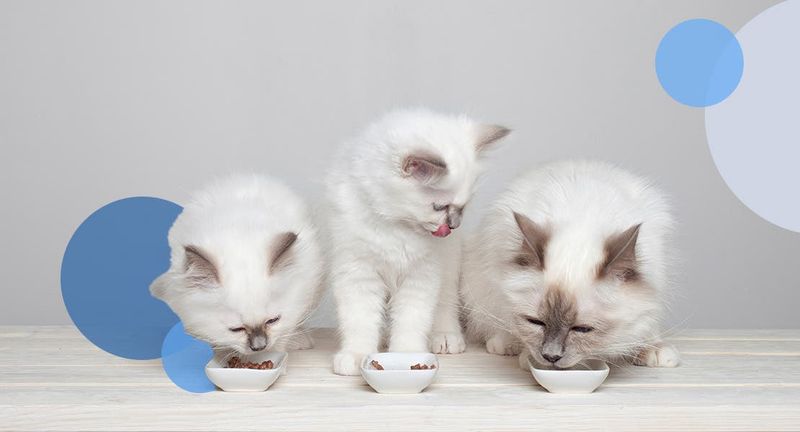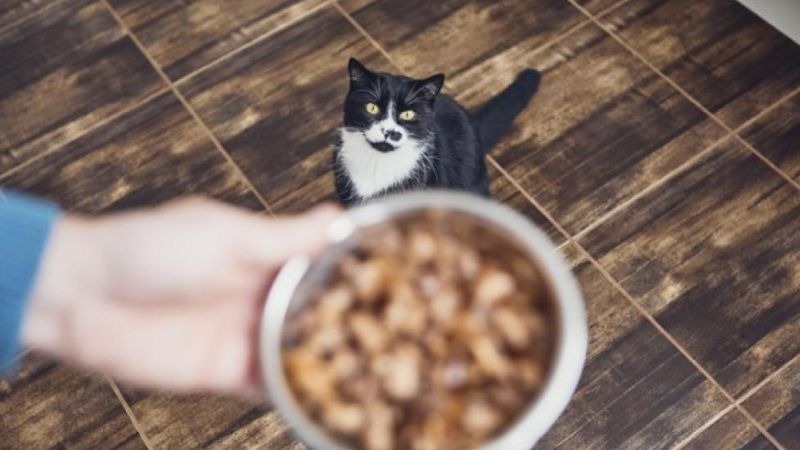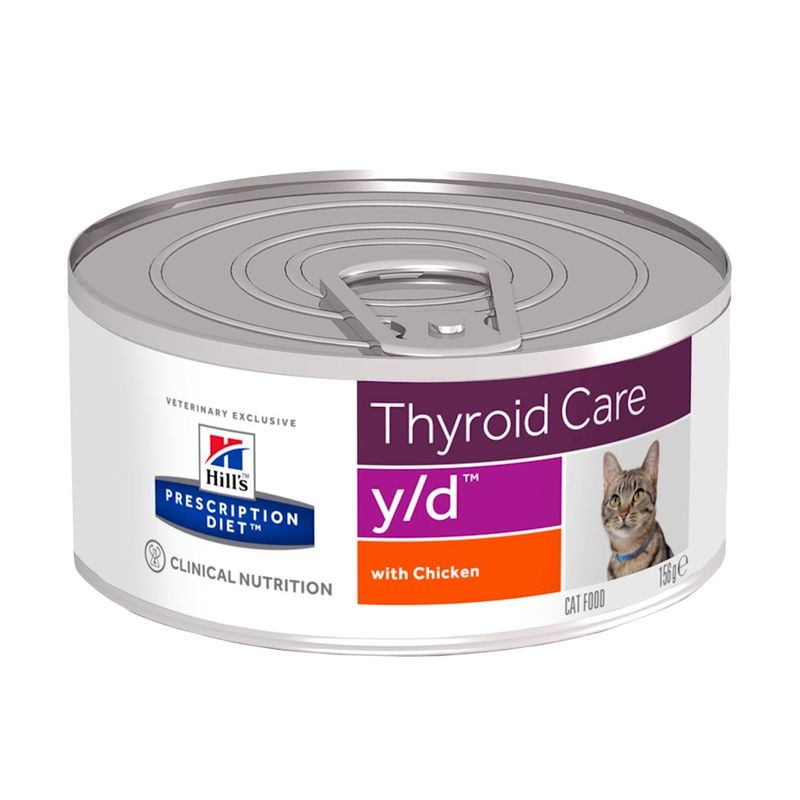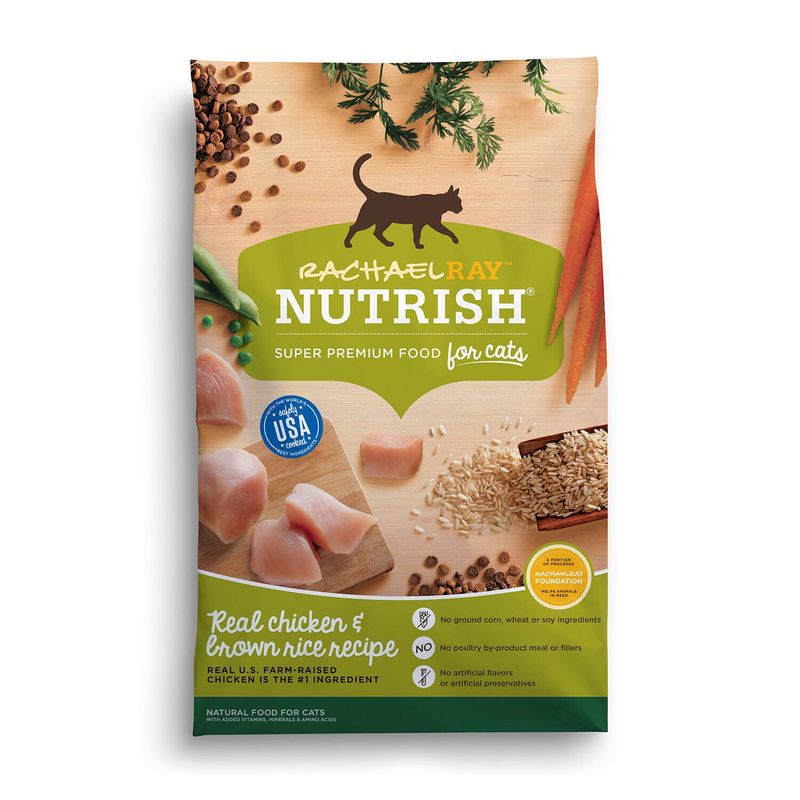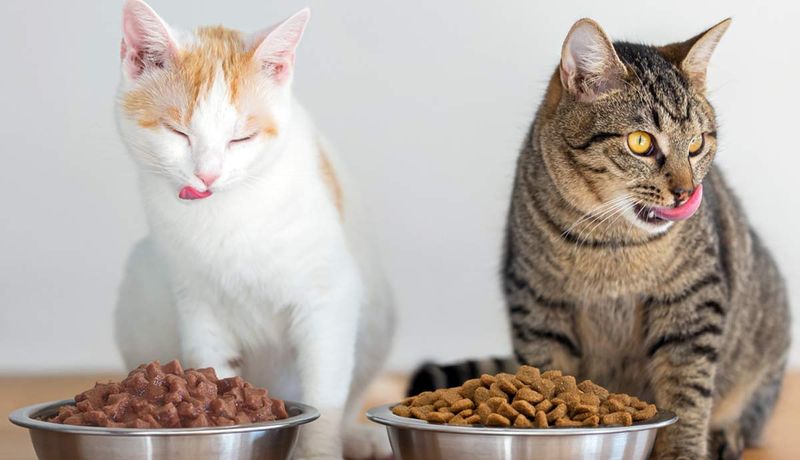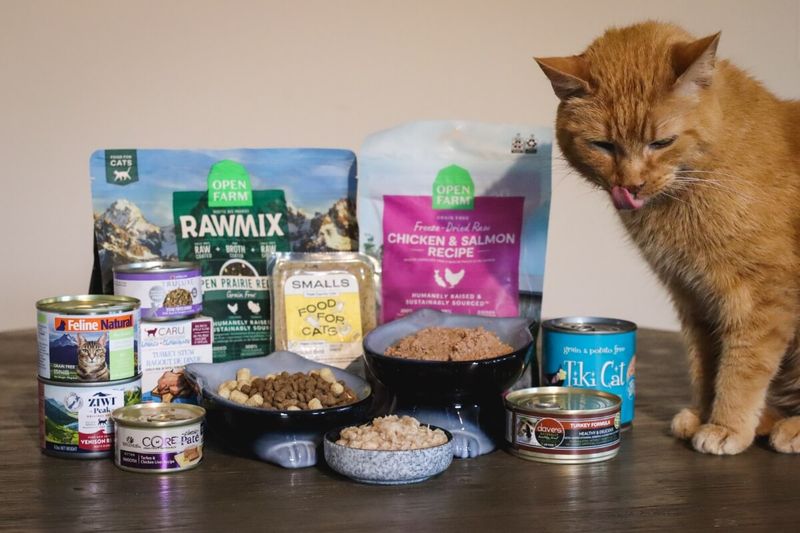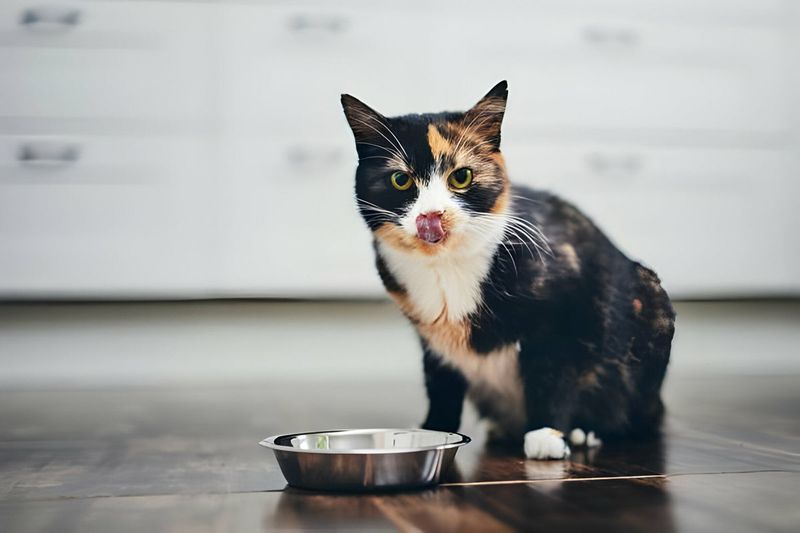📖 Table of Content:
With so many cat food options lining the shelves, how do you know what’s truly best for your feline friend? In this vet-approved guide, we break down everything you need to consider when choosing the right food for your cat—from age and breed to health conditions, activity levels, and ingredient quality.
You’ll learn the key differences between wet and dry food, how to read labels like a pro, what ingredients to avoid, and why some trendy diets may not be as healthy as they seem. Whether you’re feeding a playful kitten, a picky adult, or a senior cat with special dietary needs, these expert tips will help you make confident, informed decisions that support long-term health and happiness.
Perfect for first-time cat owners or anyone looking to upgrade their pet’s nutrition, this guide brings veterinary insight straight to your kitchen bowl.
1. Understand Your Cat’s Age
Cats have different nutritional needs based on their age. Kittens require more protein and fats for growth, while adults need balanced nutrition to maintain health. Senior cats might benefit from lower calorie food with supplements like glucosamine. Tailoring cat food to their life stage ensures they receive appropriate nutrients. As cats age, their metabolism and activity levels change, requiring adjustments in their diet. Consult your vet to determine the best food option for your cat’s specific age requirements. This approach helps in promoting a long and healthy life for your feline friend.
2. Check for Nutritional Balance
A balanced diet is key for a cat’s overall health. Look for food with optimal protein, fat, and carbohydrate ratios. Cats are obligate carnivores, meaning they need a diet rich in animal proteins. Avoid fillers like corn and wheat, which offer little nutritional value. Quality cat food should contain taurine, essential for heart health and vision. Check labels for AAFCO approval, indicating the food meets nutritional standards. Reading and understanding the ingredients list helps you choose a food that supports your cat’s health. Providing balanced meals can significantly boost their well-being.
3. Consider Special Dietary Needs
Cats, like humans, can have special dietary needs. Some may require grain-free diets due to allergies, while others need food formulated for kidney or urinary health. Overweight cats benefit from weight management formulas. It’s essential to be aware of any specific health issues your cat may have and choose food accordingly. Consult your veterinarian to ensure the chosen diet supports their health requirements. Exploring special dietary options can improve your cat’s quality of life, addressing individual health concerns effectively. Investing in tailored nutrition reflects your commitment to their well-being.
4. Look for Natural Ingredients
Natural ingredients are often preferred in cat food for their purity and quality. Foods with real meat and vegetables provide essential nutrients without artificial additives. Preservatives and artificial flavors can be harmful in the long term. Opting for foods labeled as natural or organic ensures your cat consumes cleaner, healthier meals. This choice mirrors the dietary habits of cats in the wild, focusing on wholesome, unprocessed foods. Always review the ingredients list to spot natural components. Offering natural foods contributes positively to your cat’s health, vitality, and longevity.
5. Wet vs. Dry Food Debate
Choosing between wet and dry food can be challenging. Wet food offers hydration, essential for cats who drink little water, and can be more palatable. Dry food is convenient, with dental benefits from chewing. A mixed diet can provide the best of both worlds, catering to taste and health needs. Consider your cat’s preferences and any health issues, like dental or urinary concerns, when deciding. It’s crucial to ensure the overall diet remains balanced regardless of your choice. Balancing wet and dry food can enhance your cat’s culinary experience and health.
6. Evaluate Brand Reputation
Brand reputation matters when selecting cat food. Trusted brands often undergo rigorous quality control, ensuring safe, nutritious products. Research brands for recalls or controversies that might indicate quality issues. Recommendations from vets or other pet owners can offer valuable insights. Established brands with a history of quality and transparency instill confidence in their products. Don’t hesitate to explore newer brands as well, but do so with caution. Evaluating brand reputation helps in choosing reliable food sources, contributing to your cat’s safety and health. Prioritize brands that prioritize pet well-being.
7. Budget-Friendly Options
Feeding your cat doesn’t have to break the bank. Many affordable brands offer quality nutrition without compromising on essential nutrients. Focus on ingredients and nutritional value rather than fancy packaging. Buying in bulk or during sales can reduce costs significantly. Homemade options, carefully prepared, can also be cost-effective while offering complete nutrition. Comparing prices and reviews helps in finding budget-friendly yet nutritious choices. Striking a balance between cost and quality ensures your cat gets the best nutrition possible within your budget constraints. Smart shopping can keep both your cat and wallet happy.
